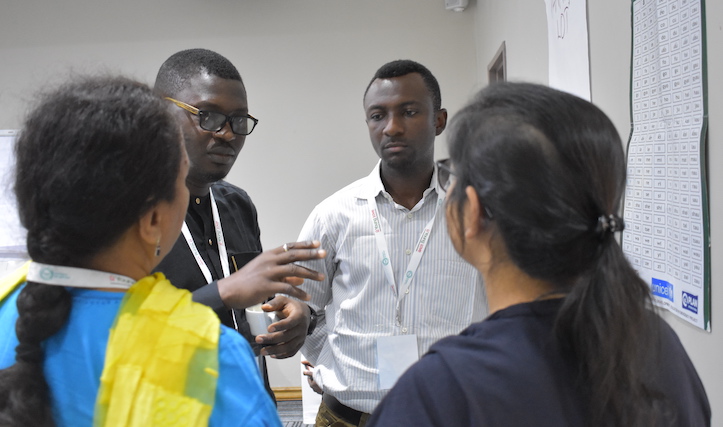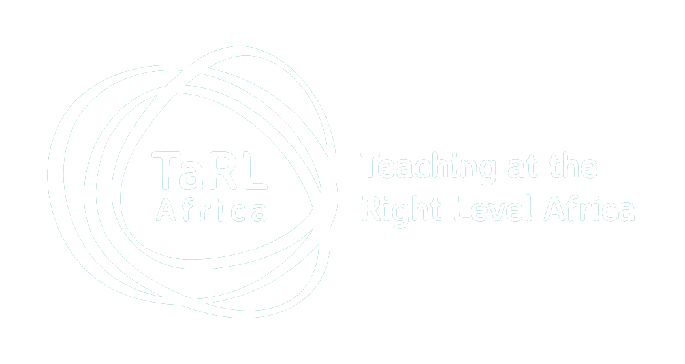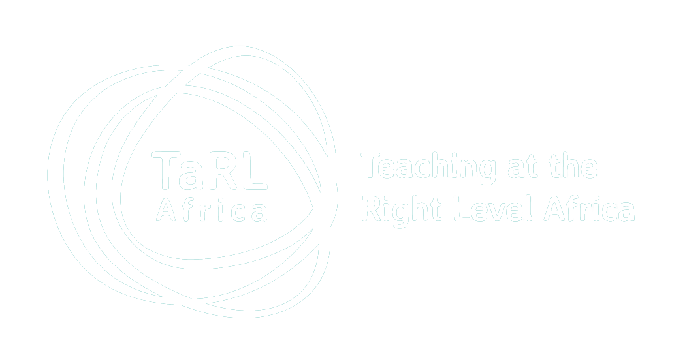
Teaching at the Right Level (TaRL) is a learning approach. In the approach, both children and adults are challenged to assess their competencies, test strategies, and reflect on their progress. At the classroom level, teachers assess students, review this data, and change their actions based on this data by regrouping the students into a level-wise group. Mentors review data on learning outcomes from the teachers they support and decide where to focus their efforts. Government officials meet to discuss data and change their actions accordingly. At a macro level, the TaRL approach has been iteratively developed over two decades with rigorous testing by six randomised evaluations in India which helped determine which components were critical for cost-effective scale.
While the evidence is strong that TaRL is effective, there is still much to learn about how to best implement TaRL in different contexts. The TaRL Africa team has come up with a list of priority questions for further adapting TaRL to local contexts and further driving down costs so that governments can effectively scale the approach on their own. We group these learning topics into three themes: 1) Teaching Learning, 2) Teacher Support, and 3) Impact and Sustainability. We describe these themes briefly here. For a more detailed description, please see our learning agenda on the TaRL Africa website.

A child in a TaRL classroom in Côte d’Ivoire reads a number chart. Photo: Samyukta Lakshman, TaRL Africa.
Teaching Learning, the first theme, focuses on what happens inside the classroom, the most important part of improving learning outcomes for students. Pratham’s TaRL approach in India has been honed over decades. While this provides a strong base, we see many ways in which TaRL can be further adapted to the African context. For example, TaRL’s literacy components are designed for phonetic languages which are learners’ mother tongue. However, many school systems in Africa teach children in languages such as French or English, which rely much more heavily on sight words and might be a second or third language for schoolchildren. The learning team plans to adapt the TaRL materials further, including testing dual language models and testing how TaRL approaches run in these languages affect learning outcomes. Another salient issue is how to adapt further to large classrooms as the average African classroom contains many more children than the average Indian classroom. The team has many questions around models and delivery design, including whether homogeneous vs heterogenous grouping of students is more effective for accelerating learning outcomes and if the TaRL approach is effective for grades above and below grades 3-5.
Teacher Support is the second them. As mentioned by Esther Duflo in her Nobel prize lecture, attempts to simply train teachers in TaRL have failed to improve learning outcomes. In India, TaRL was only proven to be effective if the education hierarchy saw the approach as part of their core business. This teacher support includes teacher training, mentor training, mentor support, and data flow, understanding and action. However, supporting teachers effectively can be expensive and difficult. How can government systems do this more cost-effectively and sustainably at scale? For example, how many visits do teachers need to stay focused on their goals? Is there more that schools can do to support teachers rather than relying on mentors who rove between schools? Can phone calls effectively supplement some in-person visits? How can mentors be effectively supported? Understanding these types of questions will be important for TaRL’s cost-effectiveness.
TaRL’s Long-term Impact and Sustainability is the third theme. We still know little about how long the impact of TaRL persists or the effect on other learning outcomes such as higher level skills or standardised test scores. Studying these impacts will inform policymakers hoping to improve children’s learning outcomes over the long-term. In addition, our team is interested to learn how TaRL can be furthered adapted so that governments can run it with minimal or no outside support. What can NGOs do to build the capacity of the government to carry TaRL forward on their own? What roles can government officials play at the central and local levels that effectively improve learning outcomes? What existing government structures can the TaRL approach leverage to improve sustainability and effectiveness over the long-term?
Throughout all of these themes, our priority is to learn in a way that informs decisions made by governments and partners working with governments. We hope that, if structured well, this learning can also inform the academic debate, especially on topics pertaining to how to scale and sustain the impact of an effective education intervention. We plan to use the TaRL website to continue sharing lessons as they emerge. If you are interested to discuss any of these topics further with us, please reach out!

